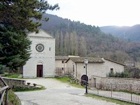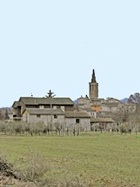

North of Spoleto
A circular car journey of some 55 km involves about 1 hour 30 minutes driving time.
-
✴Eggi has some interesting churches, including San Michele Arcangelo, which contains the autograph works of the Maestro di Eggi.
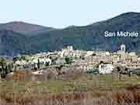
-
✴the ancient church near Campello sul Clitunno known as the Tempietto del Clitunno and the nearby source of the river, the Fonti del Clitunno;
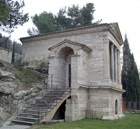
-
✴San Giacomo, a rural settlement that Cardinal Gil Albornoz fortified in 1378, is named for the parish church of San Giacomo, which contains the last works of Giovanni di Pietro, lo Spagna.
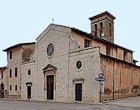
-
✴Just before you return to Spoleto, you can visit the interesting church of San Sabino (which you can also walk to as a detour to Walk IV.
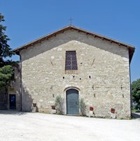
Two other churches can be added to this itinerary: neither is rewarding in its current state, but they are both of great historical importance and situated in lovely countryside:
-
✴Terzo la Pieve, a small settlement that seems to have been of Roman origin, is the site of the ancient church of San Lorenzo.
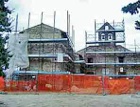
-
✴Perchia: the ruined church of San Giovanni di Panaria (12th century) between Castello di Perchia and Baiano, is thought to have been the site of the hermitage of St John Penariensis. The campanile, of which the lower part survives, dates to ca. 1300. The interior was originally covered in frescoes and the crypt housed a sarcophagus that was thought to have contained the relics of St John. A marble bust of a man (5th century) that was removed in 1978 is now in the Museo Diocesano.
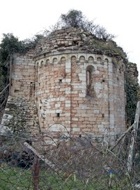
South to Ferentillo
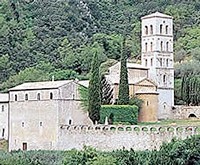
Ferentillo is the site of the the important Abbazia di San Pietro in Valle.
It is closer to Terni but connected historically to Spoleto.
Check that the church is open by calling the hotel (see the page on the abbey) or the parish priest, Don Rinaldo (0744 780708)
South East to Monteleone di Spoleto

Monteleone di Spoleto
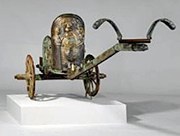
In 1902, a farmer called Isidoro Vannozzi discovered a grave (6th century BC) with rich grave goods that included an amazing ceremonial chariot under a field of his farm on Colle del Capitano, outside Monteleone di Spoleto (the Roman town of Brufa). The Vannozzi family still own the farm, which offers accommodation: Agriturismo Colle del Capitano. The chariot found its way into the possession of the American banker, John Pierpont Morgan, and then, in 1903, to the Metropolitan Museum, New York. There is a replica of the chariot in the Sala della Biga, Monteleone di Spoleto: it is only open in July - September.
Subsequent excavations of the area have revealed a large number of tombs that probably belonged to a community that was dispersed along the Nera Valley and that used a series of hill forts in the region, the most important of which was on Colle del Capitano. From this work, it became clear that the necropolis had in fact been in use mainly for cremations since the 12th century BC, with a period of interruption in the 7th century followed by the emergence of mainly inhumation tombs on the site in the 6th century.
These excavations occurred in two phases:
-
✴44 tombs (12th - 6th centuries BC) were found during excavations in 1907, and the associated grave goods were sent to the Museo Archeologico, Florence.
-
✴An opportunity for further excavation arose in the late 1970s when some of the farm buildings were demolished. A further 26 tombs (20 cremation tombs and 6 inhumation tombs) came to light during this and subsequent campaigns.
-
•Grave goods from this phase are mainly in the Museo Archeologico, Spoleto.
-
•Other grave goods are Museo Archeologico, Perugia include these late Bronze Age impasto (clay) cinerary urns from tombs 14 and 15.

Return to the home page on Spoleto.
